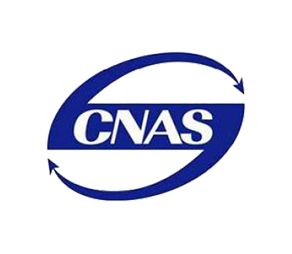This article will delve into ten core considerations for pipe installation and provide additional key information, aiming to provide comprehensive and practical guidance for both practitioners and those interested.
1. Accurate Planning and Design First
Importance: Before construction, thoroughly understand the design drawings to confirm the pipeline's route, elevation, slope, diameter, and any intersections with other pipelines and building structures. Conduct on-site measurements and layout to avoid rework due to dimensional errors.
How to: Communicate fully with the designer and client, use tools such as a laser level for accurate positioning, and draw detailed construction sketches.
2. Strictly Control Material Quality
Importance: Poor-quality materials are the primary cause of leaks and system failures. Pipes, fittings, valves, seals, and other components must be inspected for their materials, specifications, and models, ensuring they meet design requirements and have factory certificates and quality certification documents.
Procedure: Inspect pipes for cracks, pinholes, severe rust, and integrity of pipe threads. Auxiliary materials such as gaskets and taping must also be of qualified quality.
3. Proper Cutting and Pretreatment
Importance: Improper cutting can leave burrs and curled edges, which can affect water flow and even damage seals. A flat, perpendicular pipe end is essential for ensuring a quality connection.
Procedure: Use a dedicated pipe cutter. After cutting, thoroughly clean the ends of the pipes with a file or deburrer to remove burrs inside and outside the ends. For metal pipes, remove paint and dirt near the ends to expose the metallic sheen for welding or threading.
4. Ensure Proper Slope
Importance: For gravity-flow pipes (such as drain pipes and condensate pipes), slope is crucial. Insufficient slope can lead to poor drainage and blockage; a negative slope can cause backflow.
How to: Strictly adhere to design requirements (e.g., drainage pipe slopes are typically 1%-3%) during construction. Use a level or laser to precisely adjust the height of pipe supports or hangers.
5. Secure and Reliable Support and Fixing
Importance: Excessive spacing between supports and hangers, or inadequate fixings, can cause pipe sagging, deformation, and stress, leading to loosening, noise, and even cracking at joints.
How to: Strictly follow specifications for support spacing based on pipe material, diameter, and media weight. Ensure supports are securely installed and in close contact with the pipe. Additional supports should be installed near stress points such as bends, tees, and valves.
6. Follow Proper Connection Procedures
Importance: The vast majority of leaks occur at connections. Different connection methods (threaded, welded, hot melt, crimping, and flanged) have strict operating procedures.
How to:
Threaded connections: Wrap the tape in the correct direction (clockwise), maintain a moderate thickness, and do not allow it to enter the pipe. Tighten fittings appropriately to avoid twisting or cracking.
PPR (Purple Preformed Plastic): Strictly control heating temperature and time to achieve a "double-eyelid" weld bead. Strictly prohibit rotation during connection.
Welding: Performed by qualified welders, ensure thorough penetration and are free of defects such as pinholes and slag inclusions.
Compression Fitting: Use specialized tools to ensure proper compression, with an audible click and visible groove.
7. Allow for necessary thermal expansion and contraction.
Importance: Thermal expansion must be accounted for, especially for pipes that transport hot water or steam over long distances or are subject to significant temperature fluctuations. Without compensation measures, significant stress can result, leading to bracket damage or pipe distortion.
How to: Install "Ω" or "Z"-shaped natural compensation bends or expansion joints as designed. Brackets should be equipped with both fixed and sliding brackets to guide expansion.
8. Keep clean and prevent foreign matter from entering.
Importance: Welding slag, debris, sand, and other debris left during installation can clog valves, filters, and equipment nozzles, causing system failures. Practice: Temporarily seal the pipe openings during installation and perform purging after each section is installed. Thorough flushing and cleaning are essential before the final system is commissioned.
9. Perform a Rigorous Pressure Test
Importance: This is a critical step in verifying the success of all installation work, aiming to identify potential leaks. It is strictly forbidden to conceal or put the system into operation without performing a pressure test.
Practice: Perform a hydraulic or pneumatic pressure test strictly in accordance with the test pressure (usually 1.5 times the operating pressure) and holding time specified by the design or specification. Thoroughly inspect all joints, valves, and flange connections for leaks and to ensure that the pressure drop is within the allowable range.
10. Clear Labeling and Complete Documentation
Importance: This facilitates future maintenance, repairs, and system expansion, and is also necessary for safety management.
Practice: After the pipeline is installed, arrows indicating the medium and flow direction should be sprayed or affixed in a conspicuous location according to specifications. All as-built documentation, including construction drawings, change records, material certificates, and pressure test reports, should be organized and preserved.
Additional Important Safety Tips:
Especially for gas pipelines! Installation must be performed by qualified professionals, and after installation, it must undergo rigorous airtightness testing to ensure absolute safety.
Personal Protection: Wear protective equipment such as a hard hat, gloves, and goggles during construction, especially when cutting, welding, or working at heights.
Following these precautions will maximize the quality, safety, and reliability of your pipeline installation project.
Beyond the Ten Tips: Safety, Tools, and the Future (Pre-Case)
In addition to the ten tips above, the following additional information is also crucial:
Safe and Civilized Construction (Top Priority)
Working at Heights: Ensure scaffolding and ladders are secure, wear a safety belt, and carry a tool bag to prevent tools from falling.
Hot Work: Obtain a hot work permit, clear the area of flammable materials, equip qualified fire-fighting equipment, and appoint a fire monitor.
Confined Spaces: Before entering wells, pools, and other spaces, ventilation and gas testing must be performed to prevent oxygen deprivation or poisoning. Personal Protection Equipment (PPE): Hard hats, safety glasses, gloves, and safety shoes are essential. For specific tasks, respirators and earplugs are also required.
The Value of Specialized Tools
Investing in or renting specialized installation tools (such as torque wrenches, crimping pliers, hot melters, and beveling machines) not only significantly improves efficiency but is also the only and most economical way to ensure connection quality. Don't skimp on the big picture.
Completion and Handover
After installation is complete and pressure testing is passed, the system must be handed over to the owner or management. This includes on-site training (e.g., main valve location and troubleshooting) and the handover of a complete set of completion documents, marking the perfect conclusion of a professional project.
Pipeline installation is a job that combines skill, experience, and responsibility. It requires practitioners to have both a macro-systems mindset and a focus on the minute details of every thread and weld. Adhering to the "Ten Golden Rules" and always prioritizing safety and quality will create a reliable, silent, and sustainable project, truly striving for excellence and preventing potential problems before they occur.
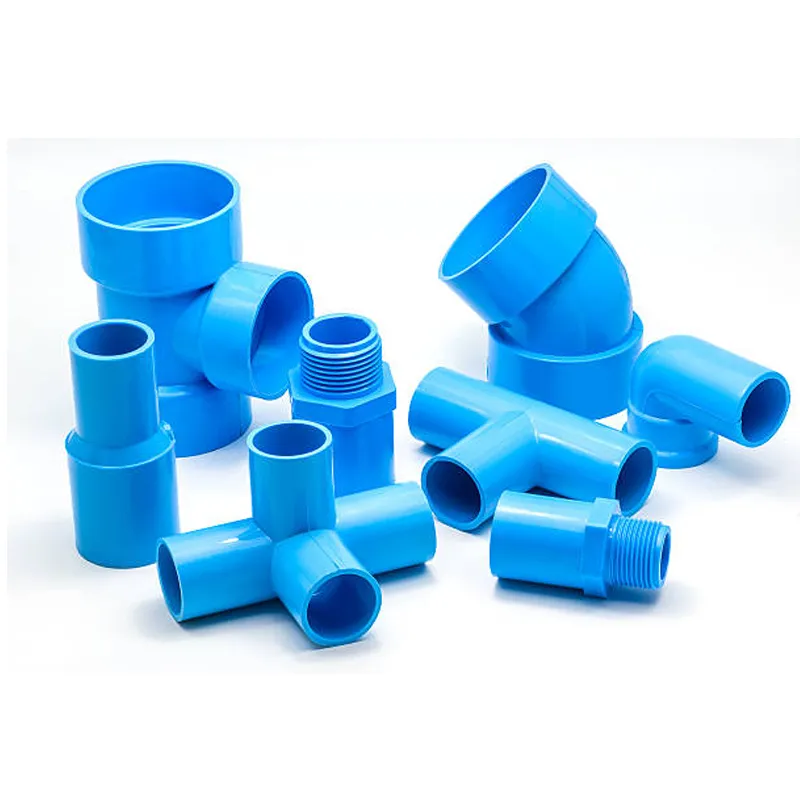
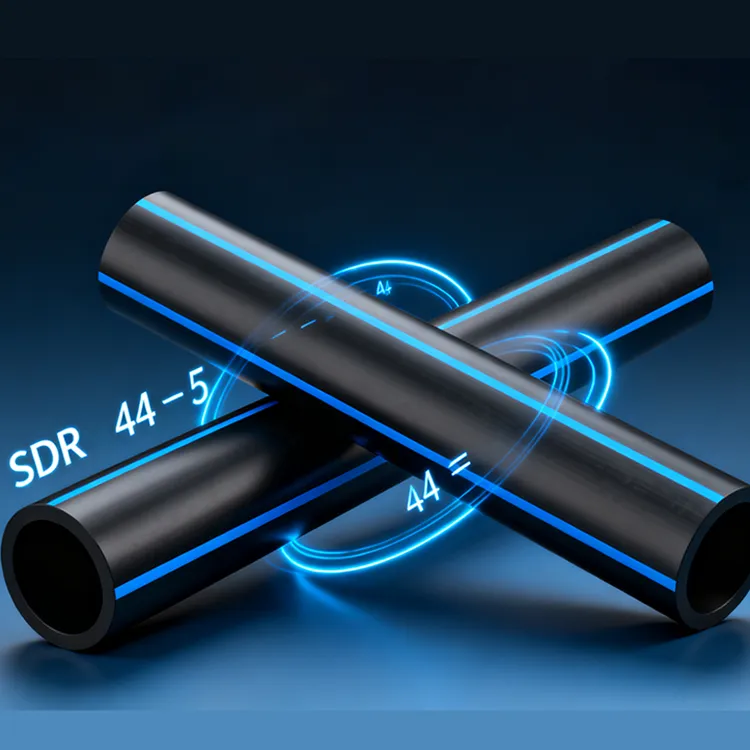
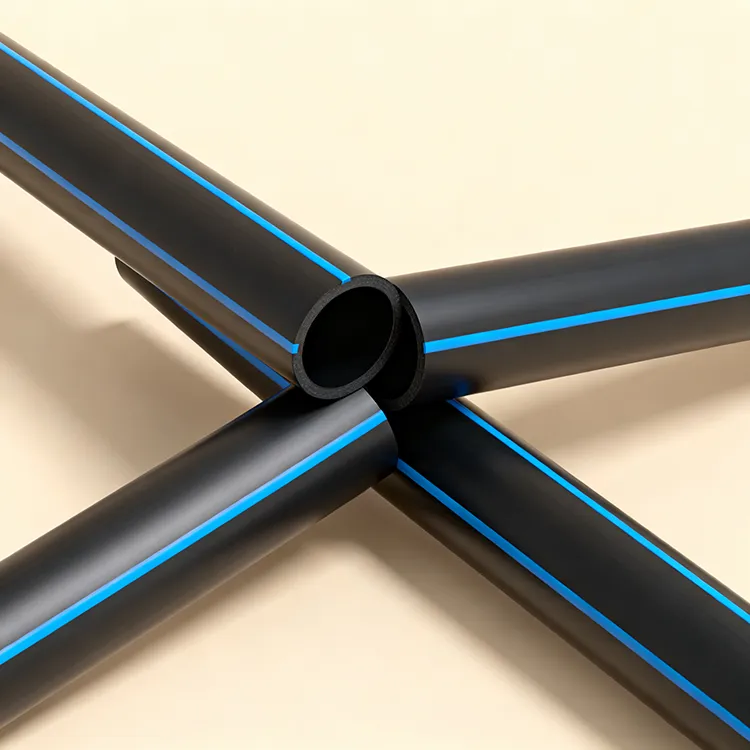
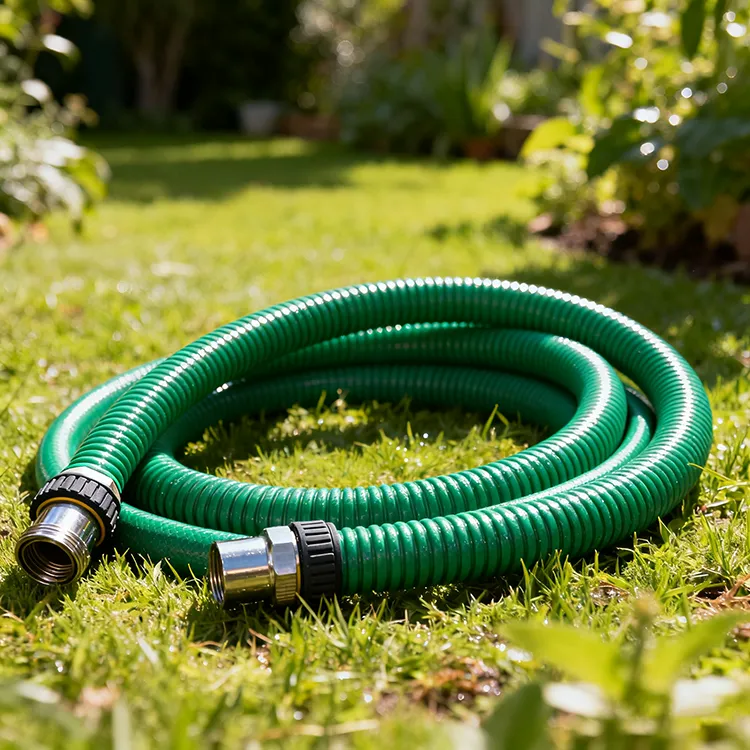
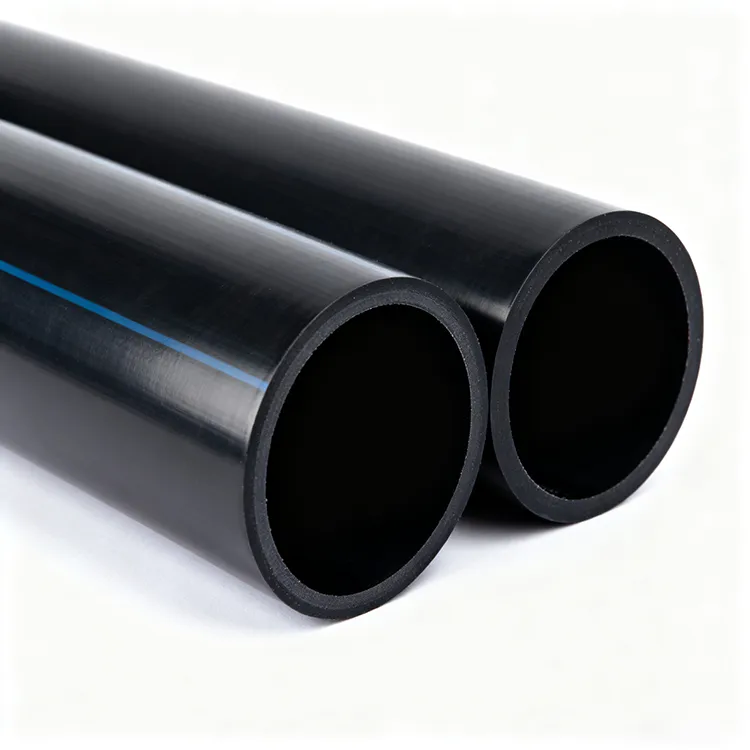
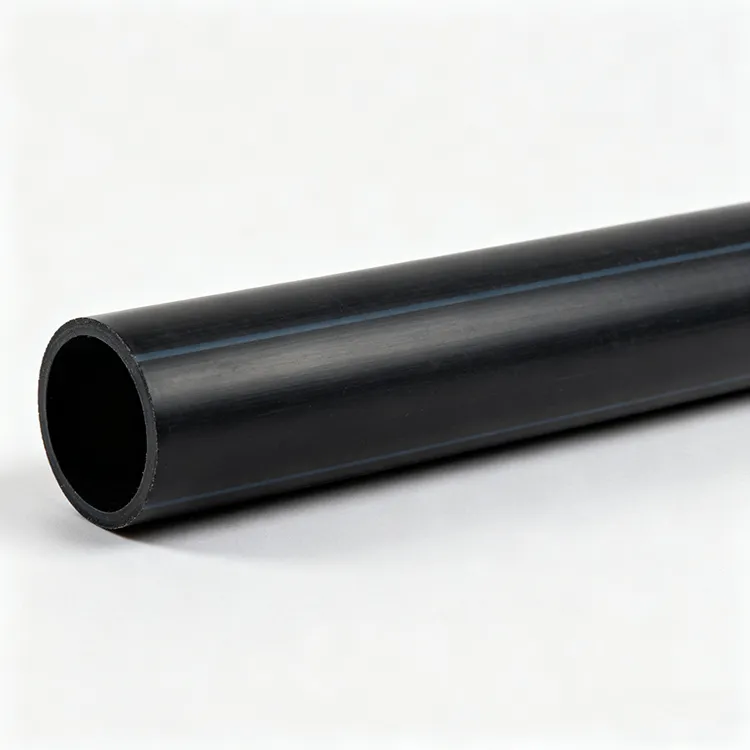
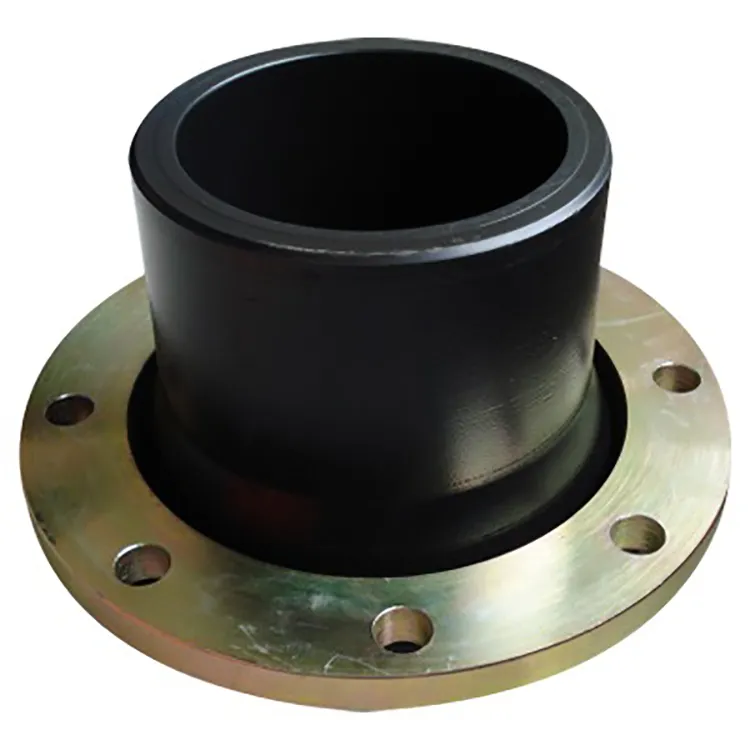
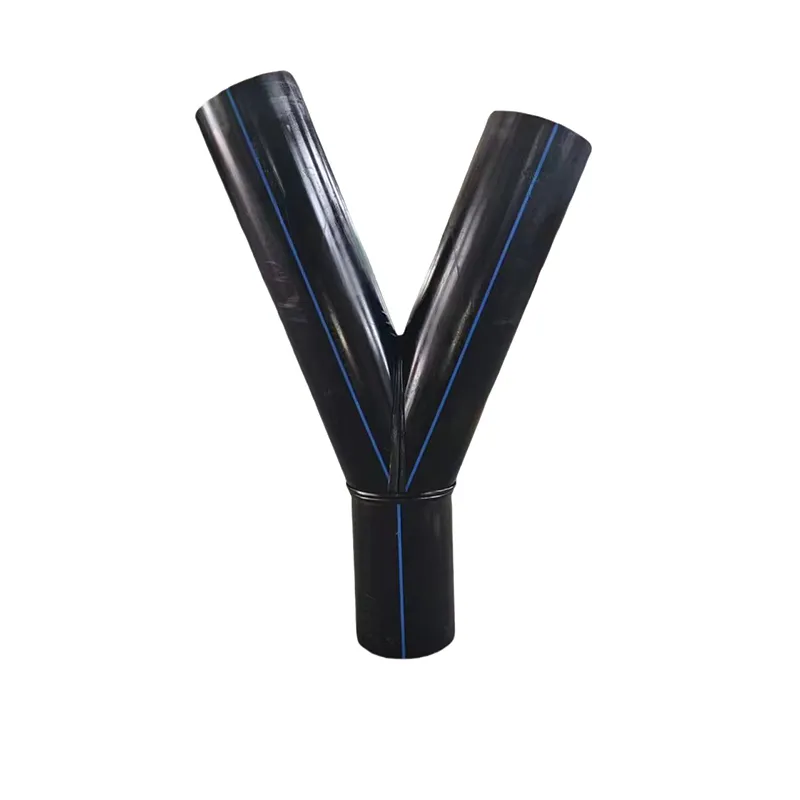
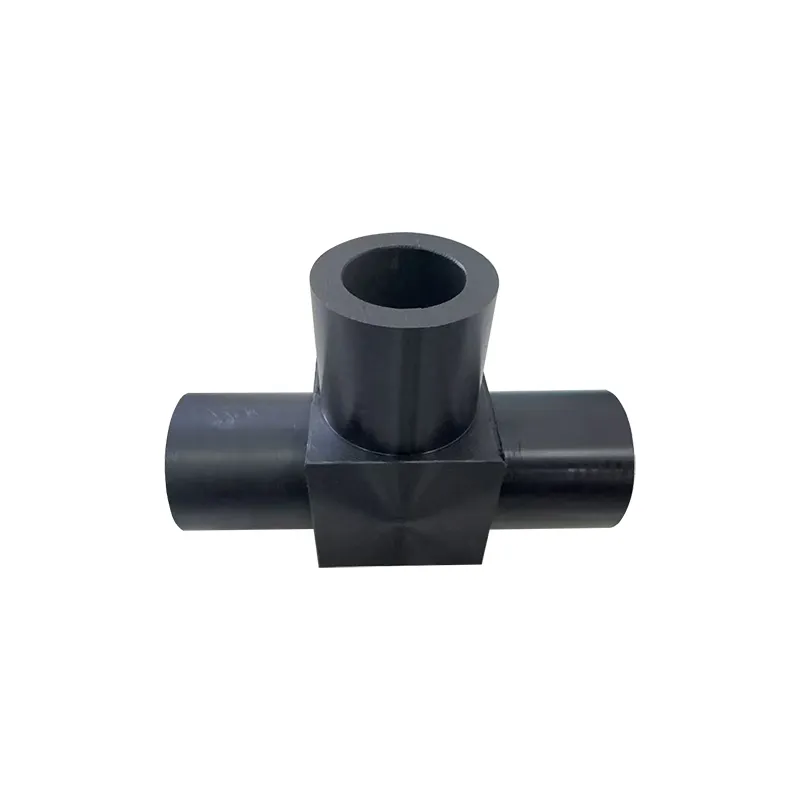
659.webp)
210.webp)
328.webp)
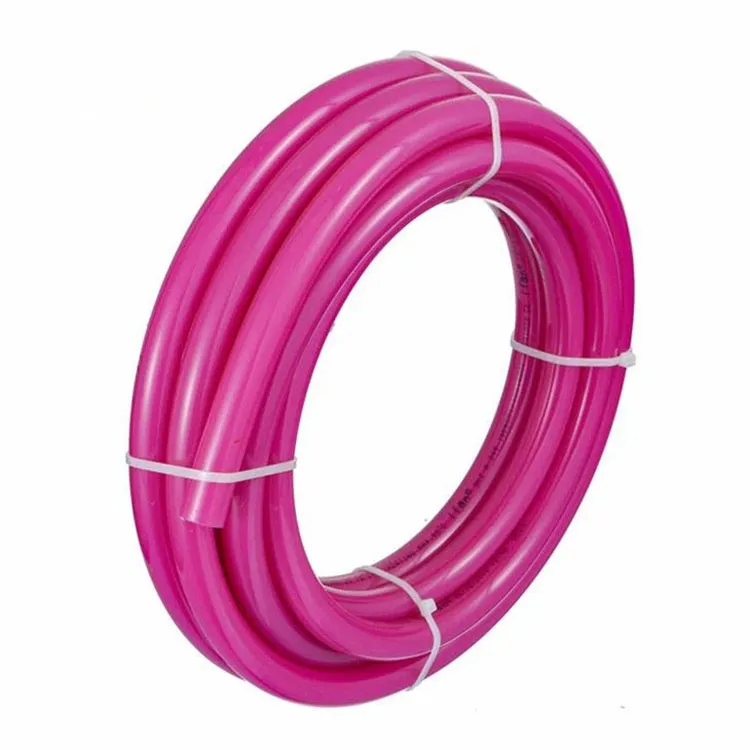
294.webp)
476.webp)

